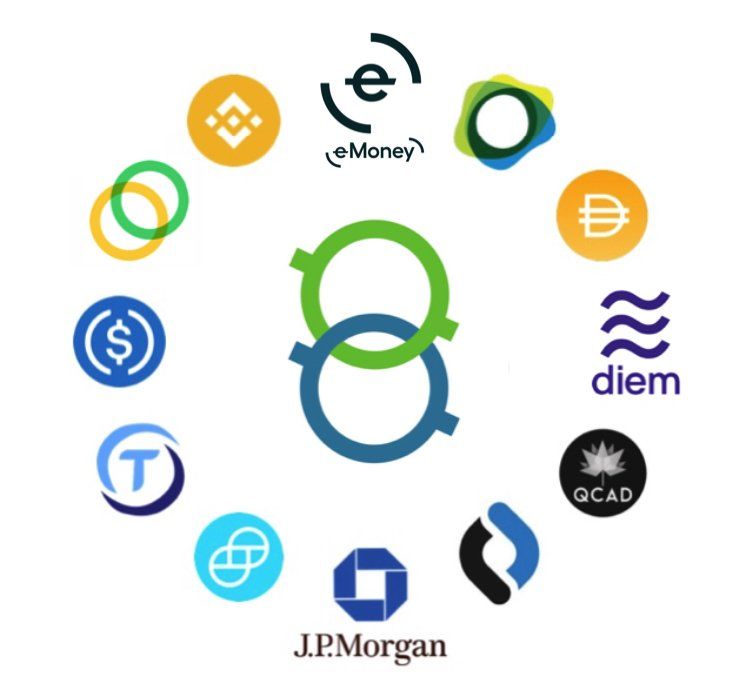Could Global Stablecoins become the backbone for payments and financial services?
Sponsored Post
The U.S. Federal Reserve has called for a comprehensive regulatory framework for Global Stablecoins which are likely going to play a significant role in the future financial system.
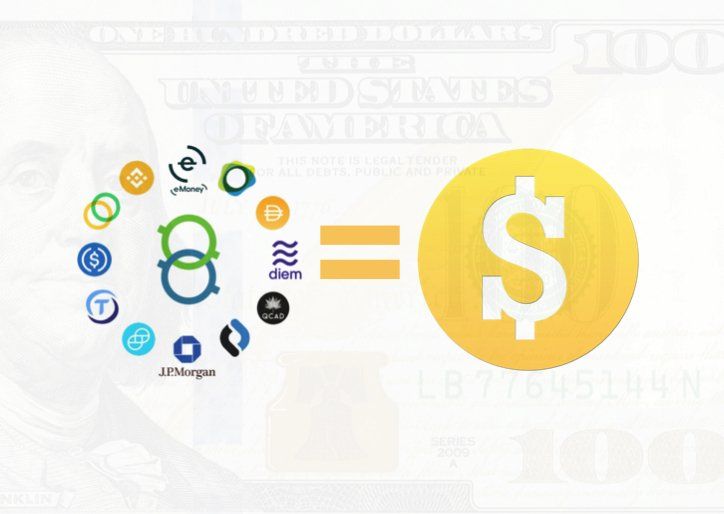
"Right now, we just don’t have enough investor protection in crypto. Frankly, at this time, it’s more like the Wild West.
"The use of stablecoins on these platforms may facilitate those seeking to sidestep a host of public policy goals connected to our traditional banking and financial system: anti-money laundering, tax compliance, sanctions, and the like. This affects our national security, too."
| Stablecoin | Issuer | Disclosure Type | Disclosure Frequency |
|---|---|---|---|
| USDT | Tether | Attestation | Quarterly |
| USDC | Circle, Coinbase | Attestation / Concord Aquisition’s / 8-K filing with SEC | Monthly |
| eEUR / eCHF / eNOK / eSEK / eDKK | e-Money | Attestation | Quarterly |
| TUSD | Trust Token | Attestation | 24/7 |
| PAX | Paxos | Attestation / Breakdown of reserves | Monthly |
| GUSD | Gemini | Attestation | Monthly |
Tether
Roughly 49% of Tether’s $62.8 billion reserves are invested in commercial paper (CP) – typically short-term corporate debt – and certificates of deposit (CDs), out of which roughly 93% was rated A-2 and above, 5.5% at A-3 and 1.5% below A-3 as of June 30, according to the stablecoin issuer’s latest disclosure.
Other reserves included $6.28 billion in cash and bank deposits, or 10% of the total, $1 billion in reverse repo notes (1.6%) and $15.28 billion of U.S. Treasury bills (24.3%), according to the attestation.
The company also held $2.52 billion in secured loans (4%) and $4.83 billion of corporate bonds, funds and precious metals (7.7%). Tether said in the report that none of its secured loans were made to affiliated entities. Tether’s “other investments” including digital tokens were $2.05 billion, or 3.3%, of the reserves.
Since at least 2017, Tether has made a point of disclosing something few of its competitors do: how much its assets outweigh its liabilities, an indication – at least in theory – of its cushion against potential losses. According to its website, Tether’s net assets were $163 million since its total assets were $62.951 billion versus liabilities of $62.788 billion as of Aug. 10. Thus its equity was a razor-thin 0.2% of its total assets. For context, the Federal Reserve requires large U.S. banks to have their capital at 8%.
Circle
Circle reported about 61% of its USDC (+0.04%) tokens are backed by “cash and cash equivalents,” meaning cash and money market funds, as of May 28. (The company didn’t disclose what assets were counted as cash equivalents. Cash equivalents usually include bank accounts and short-term securities such as U.S. Treasury bills, commercial paper and certificates of deposit with maturities of three months or less.)
“Yankee Certificates of Deposit” – meaning CDs issued by foreign (non-U.S.) banks – comprise a further 13%. U.S. Treasurys account for 12%, commercial paper is 9% and the remaining tokens are backed by municipal and corporate bonds.
Unlike Tether, Circle doesn’t break out its assets and liabilities in a simple balance sheet. However, it shows its assets and liabilities exactly match, thus having no extra “cushion.”
e-Money
The project is dedicated to total transparency with quarterly reserve audits performed by Ernst & Young. Unlike most existing stablecoins which aim to maintain a static 1:1 peg with their underlying assets, the value of e-Money’s currency-backed tokens continually shifts in line with the interest accrued on the reserve assets.
True USD
True USD offers 24/7 attestation reports – you can download the latest report from their website whenever you want and get a real-time snapshot. However, it is still worth looking at the composition of the reserves closely.
The company’s dollar balance is held at “federally insured U.S. depository institutions and a Hong Kong depository institution,” according to the attestation report, while the cash equivalents include “short-term, highly liquid investments of sufficient credit quality that are readily convertible to know amounts of cash.”
PAX
Some 96% of Paxos’s reserves were held in cash and cash equivalents as of June 30, according to a blog post written by Dan Burstein, general counsel, and chief compliance officer of Paxos.
All of Paxos’s cash balances are held in U.S.-insured depository institutions, while all its cash equivalents are held in “U.S. Treasury bills with maturities of three months or less, or overnight repurchase agreements, overcollateralized by U.S. Treasury instruments.”
The other 4% of reserves are in U.S. Treasury bills but were categorized separately, since those Treasury bills are four months from maturity, all maturing in October 2021, according to Burstein’s post.
Gemini
According to Gemini’s latest attestation as of June 30, all the reserves are “held and maintained at State Street Bank and Trust Company and within a money market fund managed by Goldman Sachs Asset Management, invested only in U.S. Treasury obligations.”
Diem
In a recent memo, David Marcus (Co-Creator of Diem at Facebook) argued that Stablecoins and their wallets may “more effectively” detect illicit activities than the traditional financial system, as extra controls can be built into them. He also addressed concerns over the reserves that back such coins, arguing that an ideal stablecoin that “always holds 1:1 reserves in cash at US banks and very short-term Treasuries, with the issuer holding capital as a buffer” could offer “better consumer protections than a fiat balance held in any wallet available in the US right now”.
Diem's co creator also confirmed that Facebook’s Novi wallet for the Diem Stablecoin is ready to come to market.
“In the U.S., we have secured licenses or approvals for Novi in nearly every state, and we will not launch anywhere we have not yet received such clearances,”
David said;
“We feel that it’s unreasonable to delay delivering the benefits of cheaper, interoperable, more accessible digital payments.”
He also added:
“I strongly believe if there was ever a chance to create an open, interoperable protocol for money on the internet and truly change the game for people and businesses around the world, it is now.”
Marcus rejected criticism of Facebook’s digital currency plans as “profoundly un-American” and said: “I do believe we deserve a fair shot.”
Global US Stablecoins and the new financial order
Building a new financial system with Stablecoins will fundamentally change how people save and use their assets and money. Here are some of the reasons why:
- Stablecoins have the potential to overcome significant shortcomings and friction in existing cross-border payments, which is vital for remittances and reducing the cost of remittances.
- Stablecoins can promote welfare as countries recover from the catastrophic consequences of the global pandemic with money distributions, like the stimulus packages currently being distributed to the millions of unemployed during the COVID-19 outbreak.
- Stablecoins can positively impact financial inclusion
- Stablecoins can extend cross-border trading opportunities for small and micro businesses.
- Commercially issued Stablecoins could present an alternative for the unbanked and provide greater stability by giving them access to a store of value, enabling them to save without overcoming high barriers to entry for banking services.
While a complete overhaul of the system of money is an extremely complex endeavour, there are two types Stablecoins that have serious potential:
1) True Stablecoins - which are non-interest bearing coins designed to have stable value against a reference currency;
2) Deposit Stablecoins - which are demand deposit claims against insured commercial banks, on blockchain rails
True Stablecoins
True Stablecoins are non-interest bearing coins designed to have stable value against a reference currency like the US Dollar or Euro. Stability is achieved through two commitments. First, the issuer agrees to mint and buy back coins at par. Second, the issuer holds assets to back its obligation to redeem the outstanding Stablecoins. This “reserve” provides comfort that the issuer can buy back all outstanding coins, on demand. Reserve assets should be denominated in the currency of the reference asset, remain highly liquid during a crisis, and incur extremely small losses in a run or stressed market conditions.
Deposit Stablecoins
Deposit Stablecoins are demand deposit claims against insured commercial banks, on blockchain rails. They represent an amount a person holds on deposit with an insured bank and therefore an unsecured deposit liability of that bank. Holders are protected by the legal framework governing deposits, including bank capital requirements and FDIC insurance up to $250,000.
Deposit coins combine the benefits of real time, (possibly) lower cost payments and new functionality with FDIC deposit insurance protection. A bank can use deposit coin proceeds for a wide variety of purposes, including lending. Thus deposit coins keep payments and maturity transformation activities bundled.
Unfortunately absent new technology and legal infrastructure, deposit coins may not be fully interoperable. Each holder would need to be on-boarded by the issuing bank, and transfers between different deposit coins would have to be supported by intra-bank liquidity and infrastructure, in the same way that ACH and Fedwire support deposit payments. The interoperability challenges, however, are likely to be temporary.
Stablecoins vs CBDC
While a public sector CBDC could attempt to connect with consumers and businesses directly there is a high chance that they will be more limited in functionality/programmability and will likely take years to be developed and adopted. China is the first country to make a bold statement about the future of global payments and the type of data the government should have access to and may well prove to be the exception to this rule.
The public sector could focus on issuing digital coins and delivering on sound money, while the private sector could build rails and applications. Competition with legacy networks would further ensure a higher degree of resilience and innovation. Stablecoins are a form of private money and not a new concept, they are likely to be more efficient in meeting the public’s needs and increasing choice. This is where CBDCs and Stablecoins complement each other
A much stronger combination would be the public sector focusing on regulation of Stablecoins first, and then on CBDC issuance on multiple rails later to complement potential shortcomings. Countries that follow this hybrid model and focus on clear risks and market failures are more likely to actually meet consumer and business needs faster, and see a new generation of financial institutions thrive within their borders. Interoperability across different rails, privacy, and identity are areas where private sector incentives may not be aligned with broader societal goals. Public sector guidance and standard setting can be incredibly useful in promoting the right solutions in these areas.
Succeeding in this transformation will require the right balance between the public and private sectors. Countries that over emphasise the public approach will likely end up falling short in speed to market, competition, and innovation. They will also be unable to nurture the fintech players of the future.
Trying to compete with China to build the best central bank digital currency may not be the best course of action. The American way is to let innovation flourish and the best strategy to preserve the dominance of the dollar is precisely to encourage the international adoption of dollar-linked Stablecoins, rather than to stamp them out.
Disclaimer:
GlobalStablecoins.com is an informational website that provides news about coins, blockchain companies, blockchain products and blockchain events. Don’t take it as investment advice. Speak to an advisor before you risk investing in an ICO, Cryptocurrencies, Cryptoassets, Security Tokens, Utility Tokens, Exchange Tokens, Global Stablecoins, Stablecoins or eMoney Tokens. GlobalStablecoins.com is not accountable, directly or indirectly, for any damage or loss incurred, alleged or otherwise, in connection to the use or reliance of any content you read on the site.
Affiliate Disclosure / Sponsored Posts:
If a Sponsored Post contains any mention of a crypto project, we encourage our readers to conduct diligence prior to taking further action. GlobalStablecoins.com does not recommend that any cryptocurrency should be bought, sold, or held by you. Do conduct your own due diligence and consult your financial advisor before making any investment decisions.
GlobalStablecoins.com may receive compensation for affiliate links. Should you perform activities in relation to an affiliate link, it is understood that some form of compensation might be made to GlobalStablecoins.com. For example, if you click on an affiliate link, and sign up and trade on an exchange, GlobalStablecoins.com may receive compensation.
Before you invest in Cryptoassets you should be aware of the following,
Cryptoassets are considered very high risk, speculative investments.
If you invest in Cryptoassets you should be prepared to lose all your money.
All Sponsored Posts are paid for by crypto projects, coin foundations, advertising firms, PR firms, or other marketing agencies. GlobalStablecoins.com is not a subsidiary of any marketing agency, nor are we owned by any crypto or blockchain foundation.
The purpose of offering Sponsored Posts to our advertisers is to help fund the day-to-day business operations at GlobalStablecoins.com.
If you come across a Sponsored Post which you believe is fraudulent and/or “scammy,” please contact us and we will perform an immediate investigation.
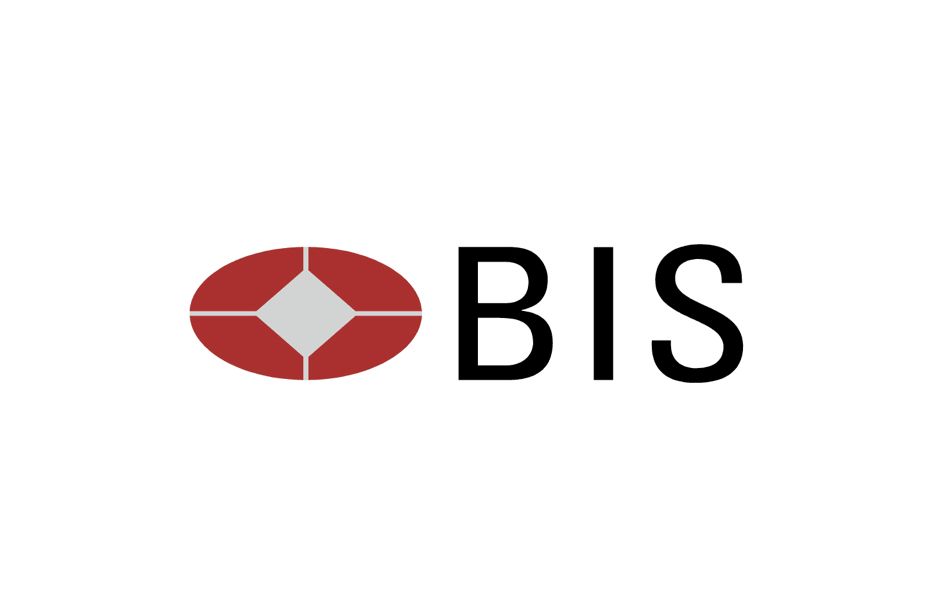


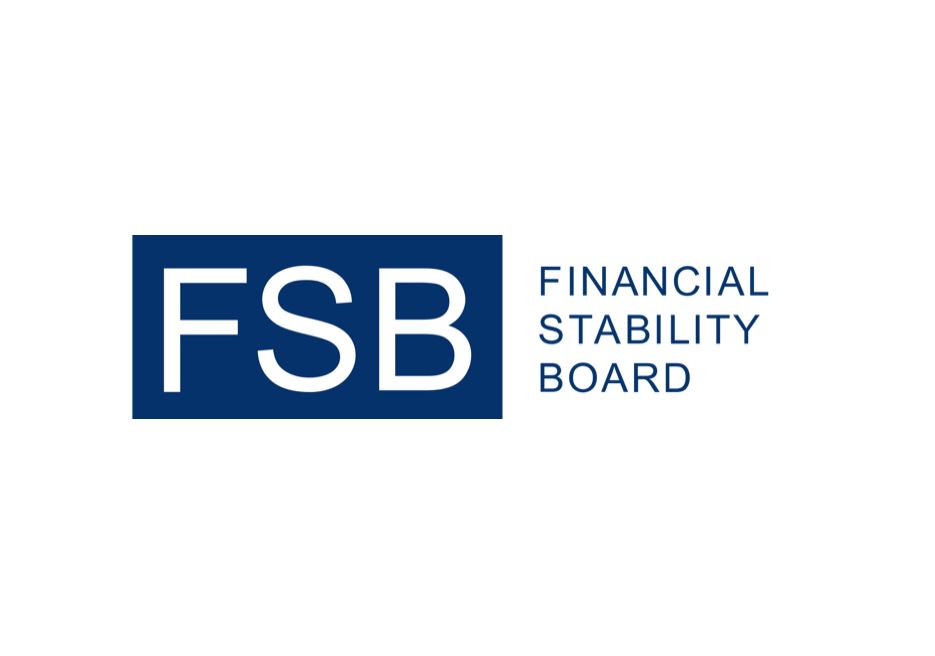
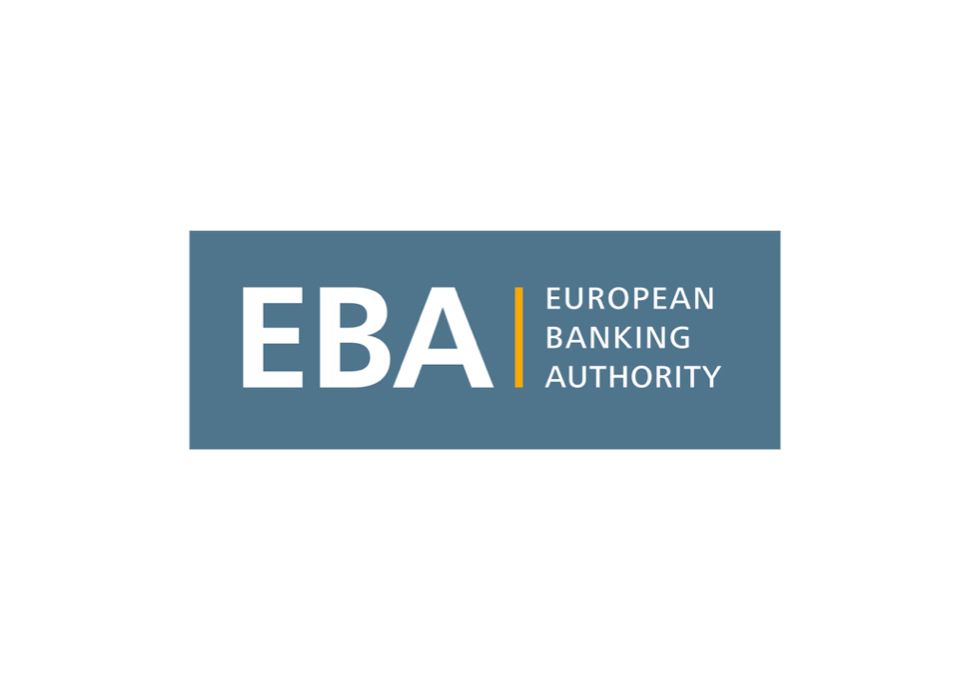
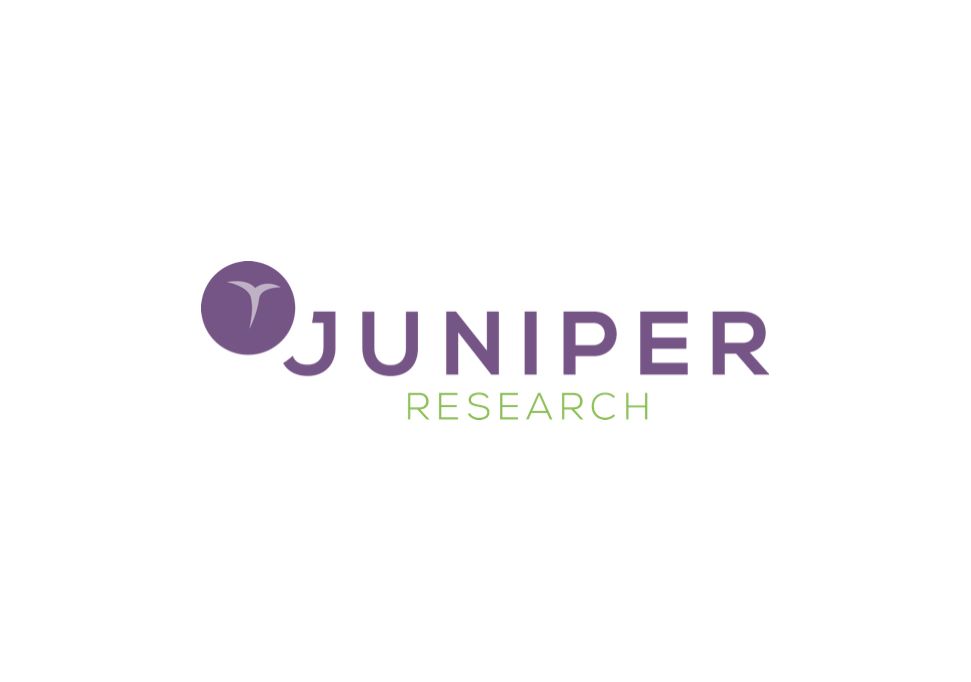
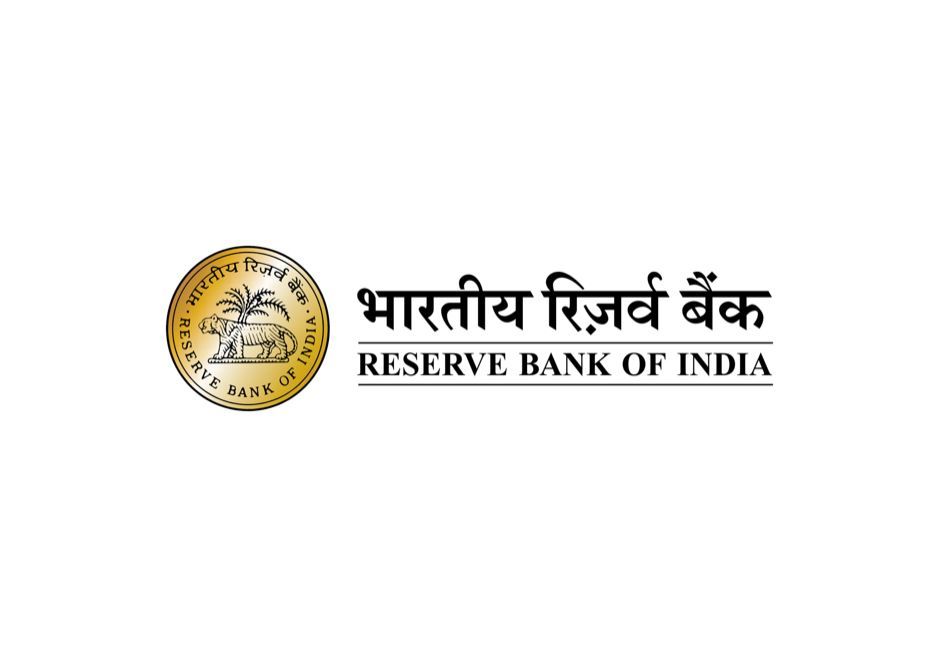
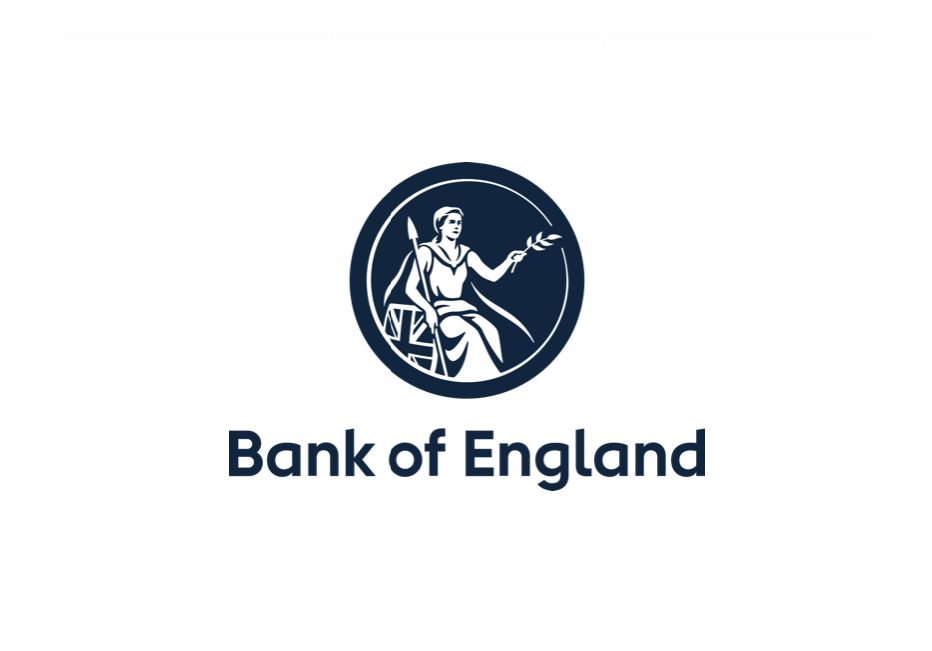
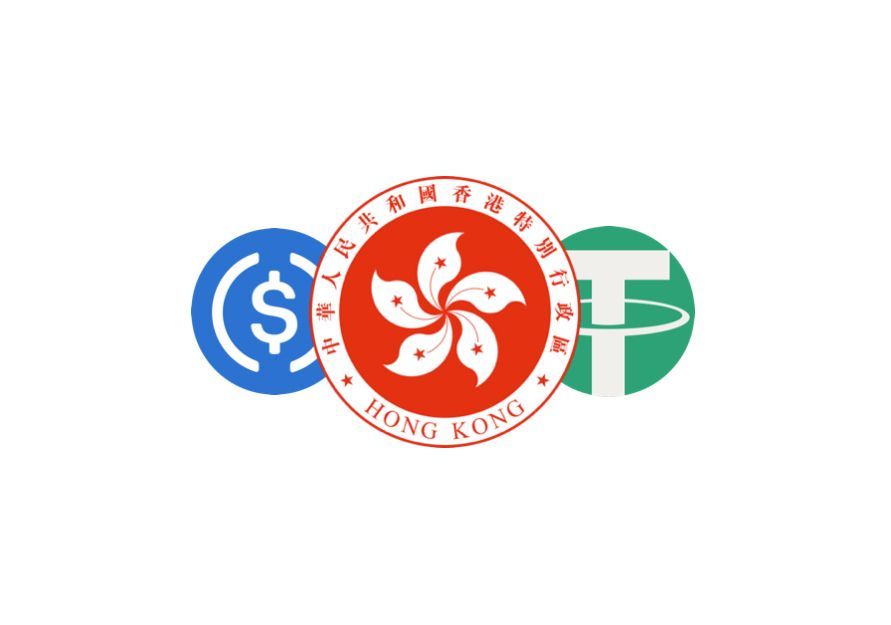
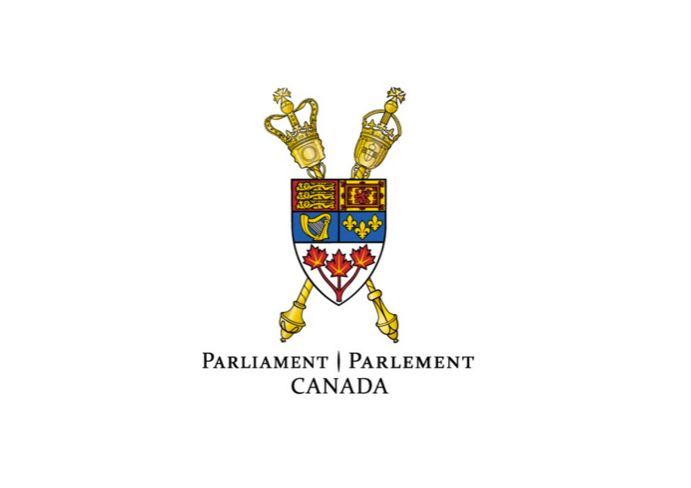
Disclaimer:
GlobalStablecoins.com is an informational website that provides news about coins, blockchain companies, blockchain products and blockchain events. Don’t take it as investment advice. Speak to an advisor before you risk investing in an ICO, Cryptocurrencies, Cryptoassets, Security Tokens, Utility Tokens, Exchange Tokens, Global Stablecoins, Stablecoins or eMoney Tokens. GlobalStablecoins.com is not accountable, directly or indirectly, for any damage or loss incurred, alleged or otherwise, in connection to the use or reliance of any content you read on the site.
Affiliate Disclosure / Sponsored Posts:
If a Sponsored Post contains any mention of a crypto project, we encourage our readers to conduct diligence prior to taking further action. GlobalStablecoins.com does not recommend that any cryptocurrency should be bought, sold, or held by you. Do conduct your own due diligence and consult your financial advisor before making any investment decisions.
GlobalStablecoins.com may receive compensation for affiliate links. Should you perform activities in relation to an affiliate link, it is understood that some form of compensation might be made to GlobalStablecoins.com. For example, if you click on an affiliate link, and sign up and trade on an exchange, GlobalStablecoins.com may receive compensation.
Before you invest in Cryptoassets you should be aware of the following,
Cryptoassets are considered very high risk, speculative investments.
If you invest in Cryptoassets you should be prepared to lose all your money.
All Sponsored Posts are paid for by crypto projects, coin foundations, advertising firms, PR firms, or other marketing agencies. GlobalStablecoins.com is not a subsidiary of any marketing agency, nor are we owned by any crypto or blockchain foundation.
The purpose of offering Sponsored Posts to our advertisers is to help fund the day-to-day business operations at GlobalStablecoins.com.
If you come across a Sponsored Post which you believe is fraudulent and/or “scammy,” please contact us and we will perform an immediate investigation.
All Rights Reserved | GlobalStablecoins.com

